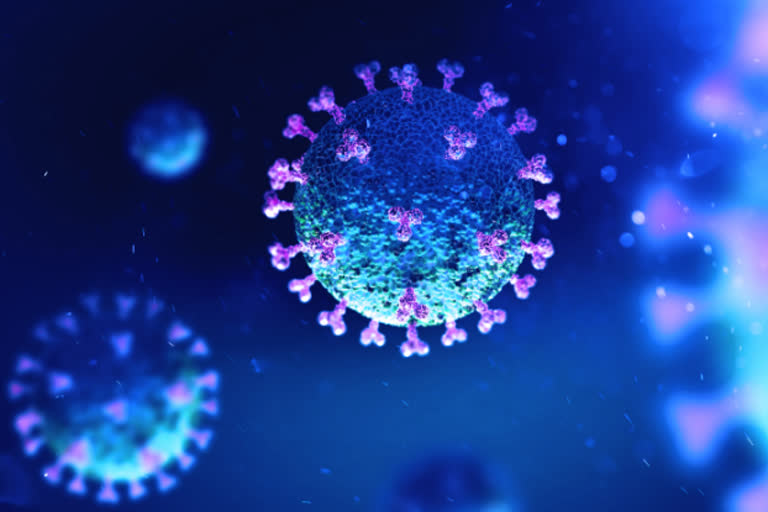Geneva: The number of new coronavirus cases reported worldwide rose for the fifth week in a row while the number of deaths remained relatively stable, the World Health Organisation reported Thursday.
In the UN health agency's weekly review of the COVID-19 pandemic, WHO said there were 5.7 million new infections confirmed last week, marking a 6% increase. There were 9.800 deaths, roughly similar to the previous week's figure. Earlier this week, WHO Director-General Tedros Adhanom Ghebreyesus said the pandemic still qualifies as a global emergency and he was concerned about the recent spike. The virus is running freely, and countries are not effectively managing the disease burden, he said during a Tuesday press briefing. New waves of the virus demonstrate again that COVID-19 is nowhere near over.
In the last two weeks, cases of COVID-19 reported to WHO surged 30%, driven largely by the hugely infectious omicron relatives, BA.4 and BA.5. The two omicron subvariants have shown a worrisome ability to re-infect people previously vaccinated or who have recovered from COVID. According to WHO, the biggest increases in COVID-19 cases were seen in the Western Pacific and the Middle East, where they jumped by more than a quarter. Deaths spiked by 78% in the Middle East and by 23% in Southeast Asia, while dropping elsewhere or remaining stable. WHO said that relaxed COVID-19 surveillance and testing programs in numerous countries have complicated efforts to track the virus and to catch any potentially dangerous new variants.
Also read: COVID-19 pandemic 'nowhere near over': WHO
In the US, the new omicron variants have pushed up hospitalizations and deaths in recent weeks, prompting some cities and states to rethink their approaches. White House COVID-19 coordinator Dr Ashish Jha, during a Wednesday TV appearance, called for booster shots and renewed vigilance against the virus. The White House response team has also urged all adults 50 and older to urgently get a booster if they haven't yet this year and dissuaded people from waiting for the next generation of shots expected in the fall. (AP)



